Tell me, there was a need to replace the burnt-out lamps for standby aattitude indicator.
I almost removed the front panel, the caging handle
Does anyone know how to take it off?
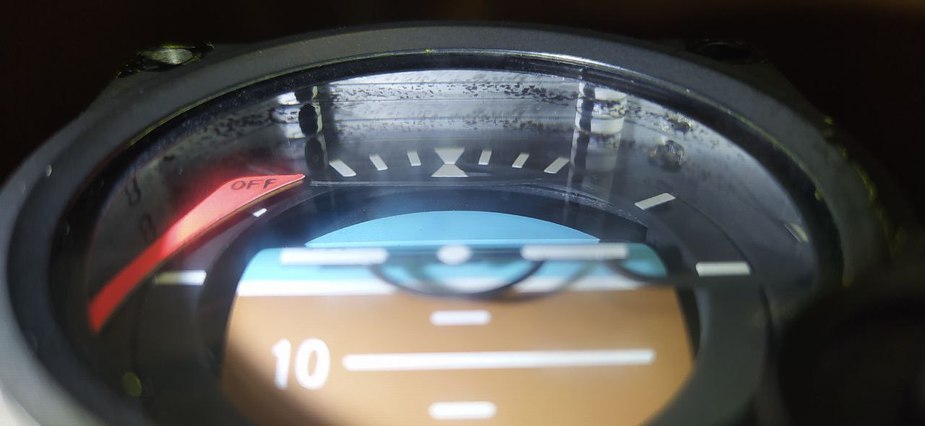
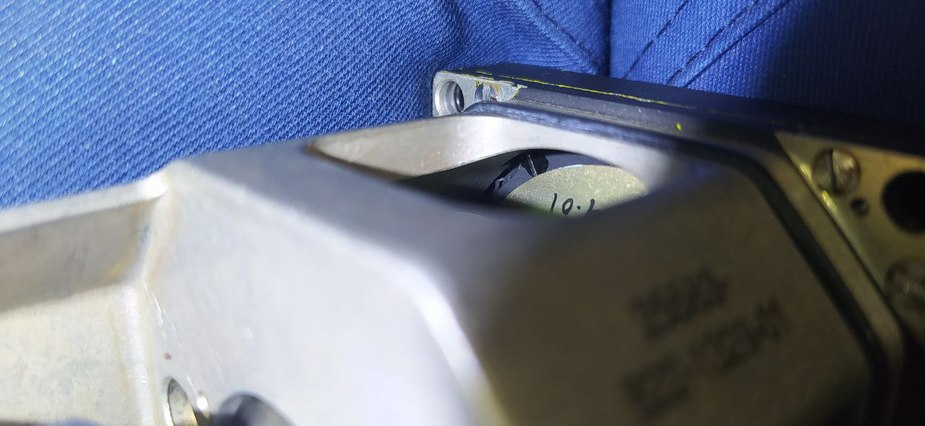
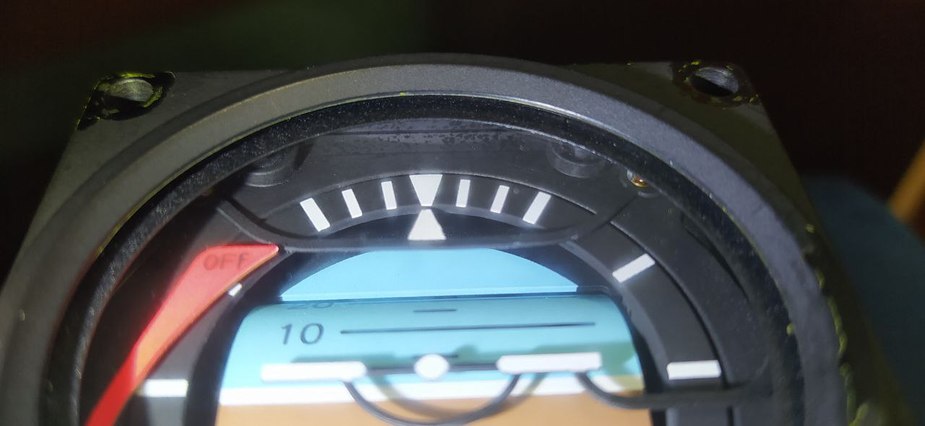
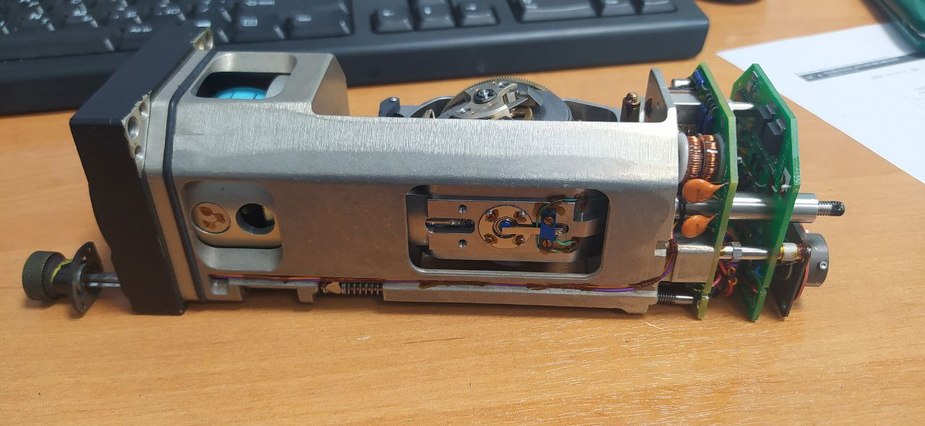


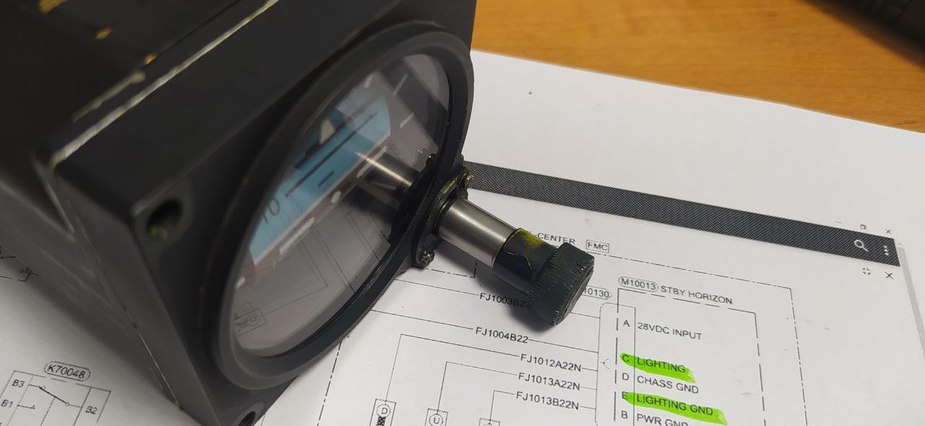
That’s a beautiful manual from an era where this was normal. I wonder who made it? Was it Castleberry? It looks a bit like theirs

I have some of their MMs.
No idea how you get to the bulbs though.
Typically, replacing lamps is a very simple procedure … here everything is so complicated.
I’m still afraid, maybe in my STBY ATT IND there are not incandescent lamps, but LEDs … they are very similar in appearance)
Here is the procedure for the Boeing 737 – it’s very simple!
https://www.sjap.nl/stby-attitude-indicator-integral-lighting-block-replacement-737-678900/
They shine on my working device like incandescent lamps, but why didn’t they make access for replacement?

Managed to get to the lamps.
Access through the front panel, and then you need to take the glass with the frame to the side and release the frame for attaching the lamps.
It is strange that the lamps shine with yellow light, but blue heat-shrinkable caps are on top of the lamp.
Does anyone know what lamps can be installed instead?
Power supply 28 volts, baseless.
In general, I think it can be replaced with LEDs.

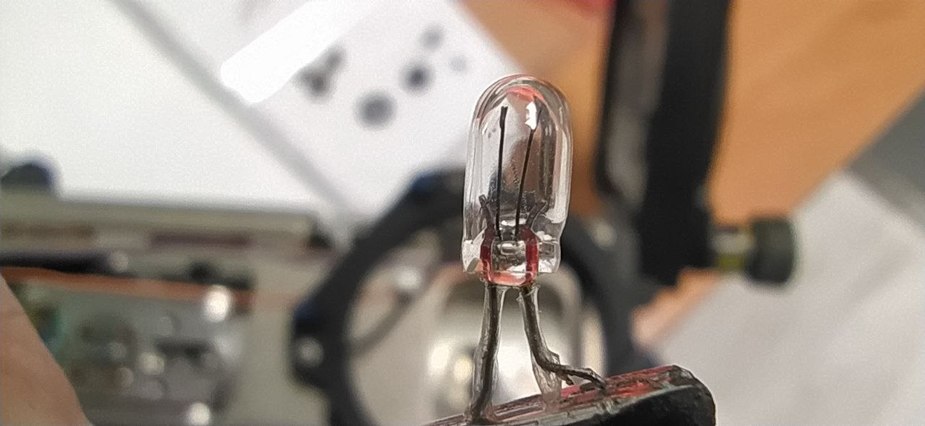
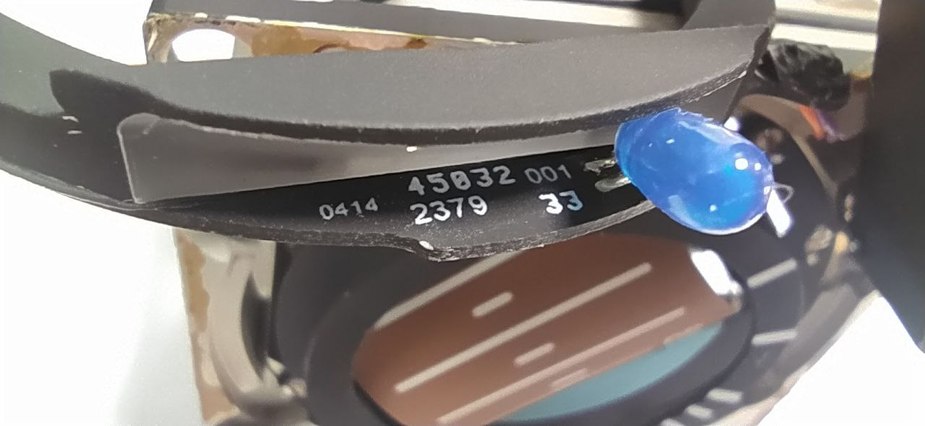
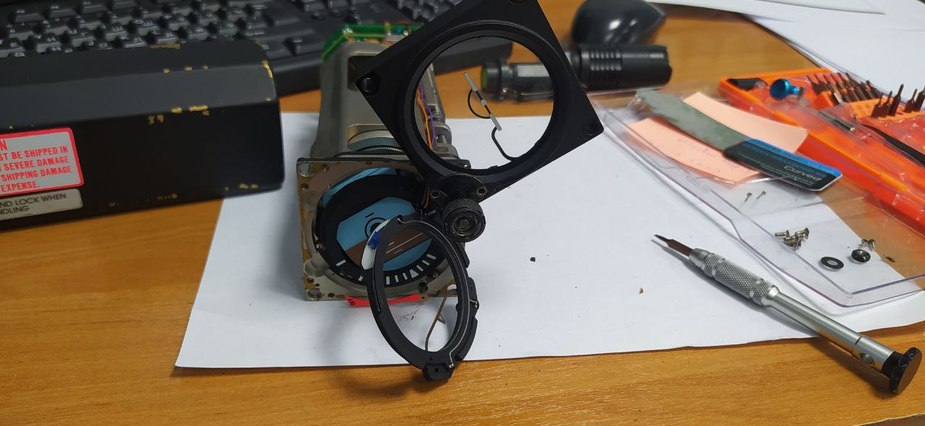

It is very temping to replace these stupid bulbs with LEDs and thus avoid the failures, but it breaks the panel illumination control. LEDs will respond very differently and, depending on the internal construction (whether a load of LEDs in series, and a resistor, or just one LED and a resistor) it may not work at all.
I tried that in the TB20. One can get same-size 24V LED replacements for the various panel annunciators (made by Swisstac) but they don’t work in the “night mode”. That’s partly because Socata use a truly stupid dimmer circuit whose behaviour is specific to the collective power drawn by the collection of bulbs 
Not that I question your opinion, Peter, you have forgotten more about electronics than I will ever know, but some LEDs specifically say they are “dimmable” so maybe those would work?
There are household LED lamps which are called “dimmable” but that’s a different thing. If you want to make say a “50 watt equivalent” LED, 12V AC powered or 220V AC powered, like this

and you want to market it as “dimmable” then you have to design it so it is compatible with a triac-chopped supply

This has been used since for ever, late 1960s probably, to dim normal bulbs, and they are fine with being fed with this chopped-up muck because they are just a hot piece of wire which thermally averages the waveform. But an LED lamp is a different thing. The forward voltage of an LED is around 2V so clearly with a 12V or 220V supply you have to do “something”, and that involves a lot of electronics. It is called a “switch-mode power supply”.
But little LED lamps are just an LED(s) and a resistor to establish the current. At the simplest, it being a “constant current” device, you can feed it via a resistor to set the current, and that is what the little lamps are



Do a google / images on
https://www.google.com/search?q=led+and+series+resistor
Problem is that if say you buy a “12V” one, it will light up at just over 2V and then get brighter up to 12V, but there will be little visible change between say 4V and 12V (the human eye being logarithmic).
For a 24V model there will usually be say 10 chips in series (because you would be wasting 22V across the resistor) so nothing happens below 20V (10×2V) or to be more precise, 15V since a “classic” LED drops about 1.5V. So if you dim your panel backlight bus from 24V to say 15V, you get daylight just fine but in the low (night) setting there will be nothing.
One can make it work perfectly if you use the same sort of LED lamp in all instruments and have a constant voltage output dimmer, but in other situations, where you are stuck with a mix of lamps, it won’t work. It works with normal bulbs because all hot filaments respond similarly. Or you might get lucky, where LED lamps work together with bulbs, but it may take some work to find the right LEDs.
IOW, while bulbs respond similarly in light output versus voltage, LED lamps vary a lot.
LED brightness is highly nonlinear vs. voltage, but almost linear vs. current, so one can actually get decent dimming by using just one chip and wasting most of the power voltage across the resistor. As the luminous efficacy of tiny incandescents is very low compared to LEDs, there should be enough light anyway.
LEDs are current devices, not voltage devices.

So, yes, if you have a 2V-dropping LED and one resistor, at 24V, the LED is practically working on a current feed.
However, even if you feed them from a controlled constant current driver, you have to vary the current over quite a range to get the right “curve” for instrument backlighting. Obviously it can be done but not easy to make it compatible with old instruments in the same panel.